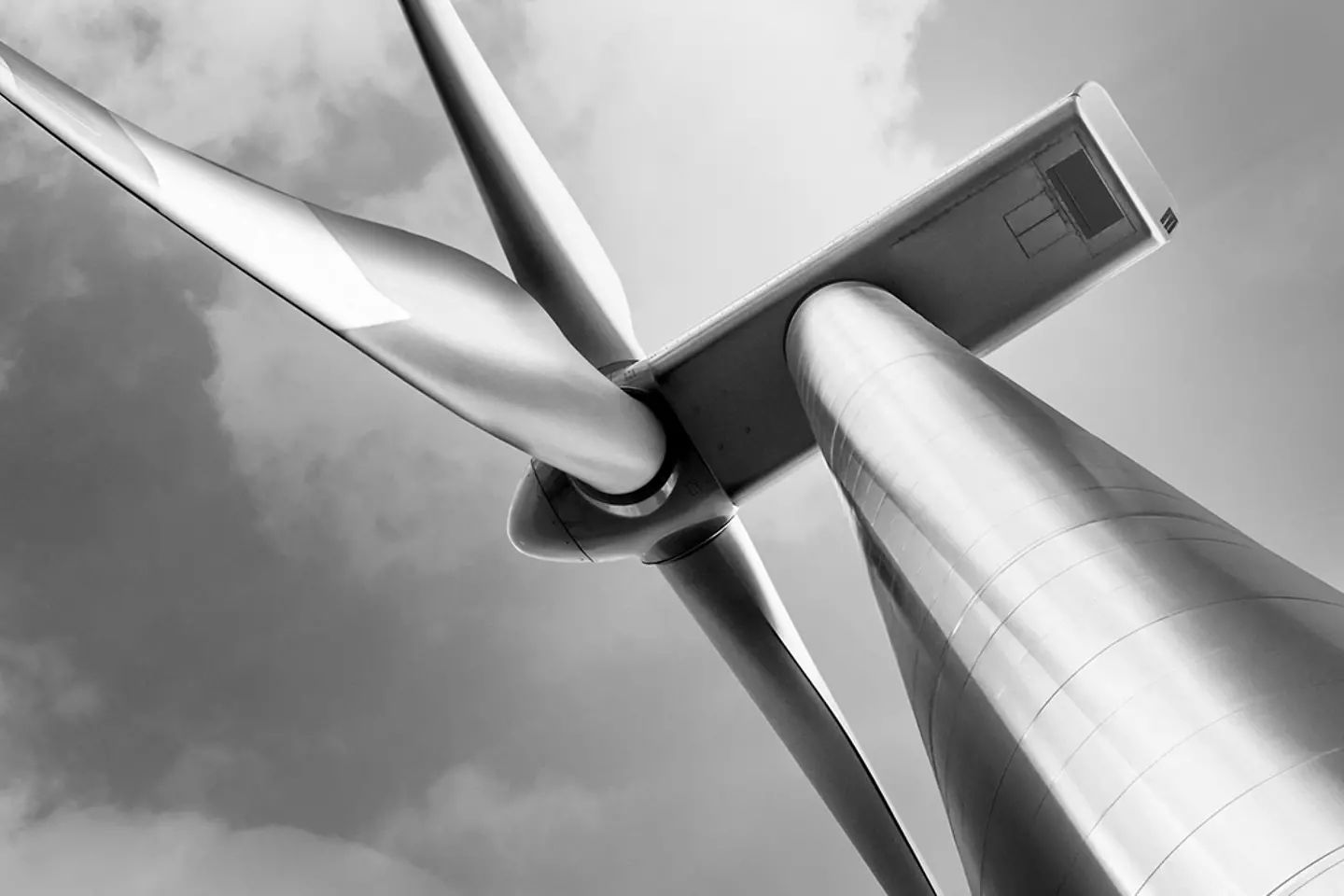
This is one of the key questions for a more sustainable future. This is why T-Systems is fundamentally challenging the status quo to actively promote change. After all, tomorrow’s climate targets cannot be achieved using yesterday’s technologies. In order to combine digital growth with investment in sustainability, T-Systems is supporting companies in their digital, sustainable transformation.
New climate protection targets and regulatory stipulations are placing companies’ focus on sustainability. For example, net zero emissions, ecological transformation and climate neutrality are becoming the most important strategic targets for top management. The prerequisite for this is innovation, a green value chain and a sustainable, digital transformation that are influenced by ecological factors such as greenhouse gas emissions, CO2 certificates and mobility concepts. A change in awareness is also guiding the behavior of consumers, investors and employees.
We can drive your corporate sustainability forward by supporting the digital transformation of your company – from consulting and strategy to the operation of innovative technologies. Our industry expertise helps in making decisions when it comes to climate neutrality and environment, as well as combining ecological measures with progress and business success. We guarantee provider independence, sovereignty and transparency and offer certified sustainable #GreenMagenta solutions.
Deutsche Telekom wants to become a climate-neutral company. To do this, we’re optimizing the CO2 balance sheet, reducing direct and indirect emissions. These will be down to zero within the Group by 2025, and along the entire value chain by 2040. We are shaping our business fleet to be sustainable, are switching to electric cars across the globe, thus saving CO2 emissions. We are choosing green IT and recycling, working on projects and services for greater sustainability. We are operating our data centers fully using green energy. To do this, in 2021, we joined the Climate Neutral Data Center Pact.